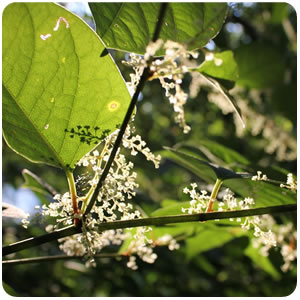Pollution and Habitat Degradation 
The greatest pollution threats in the watershed are acid rain, agricultural activities such as livestock production and crop fertilization, run-off from timbering sites, rooftops, paved lots and roadways, and point source pollution such as sewage treatment, industrial discharge, and septic systems. The leading causes of stream impairment in the drainage are nutrients and organic wastes, primarily nitrogen and phosphorous. Toxins and hazardous materials such as heavy metals, hydrocarbons, pesticides, and organic and inorganic chemicals such as PCBs, chlorine, and ammonia are also threats to the regions waters, as well as thermal pollution that can elevate water temperatures and decrease dissolved oxygen.
Increased erosion, sedimentation, and stream or water channel alteration are principal forms of habitat loss or degradation in the watershed. Human activities such as farming, logging, road building, commercial and residential construction, and mining are potential risks. Invasive, exotic plant and animal species such as purple loosestrife, hybrid cattails, zebra mussels and the emerald ash borer also pose a potential endangerment to the health of the watershed’s natural flora and fauna.


